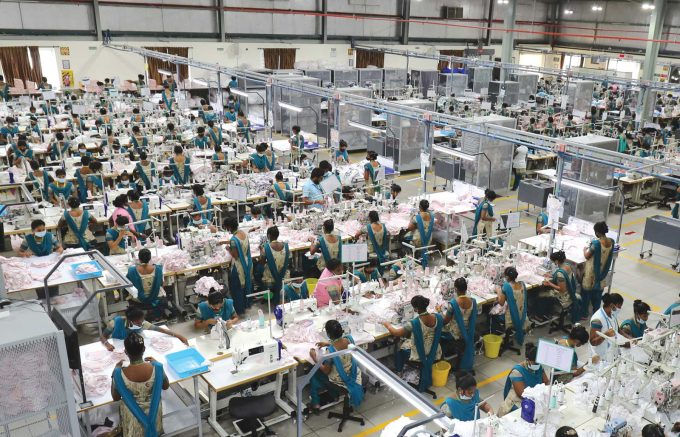The Evolution of Logistics Services: Exploring the Journey from 1PL to 5PL in Modern Supply Chains
- seabreezelogistics
- Jan 8
- 3 min read
Updated: Mar 20
In the world of logistics and supply chain, businesses opt for different models to manage their operations These models, known as 1PL (First Party Logistics) to 5PL (Fifth Party Logistics), represent different levels of involvement and service complexity.
Each model offers unique features tailored to specific business needs. The choice between these models depends on factors like the size of the business, the nature of its operations, and the level of control it wishes to maintain.
Understanding these logistics models is crucial because they offer distinct advantages like cost savings, efficiency improvements, and scalability. This blog explains the five levels of logistics management, from 1PL to 5PL, and how they differ in outsourcing, integration, and technology use.

1PL - First-Party Logistics:
A 1PL (first-party logistics) provider is a company or person who needs to move goods from one place to another. It involves just two parties: the manufacturer or distributor who ships the goods and the retailer or customer who receives them.
Advantages and Disadvantages of 1PL
Advantages:
● Offers full control and independence in managing logistics operations.
● Enables quick decision-making and responsiveness to changes.
Disadvantages:
● Has limited flexibility and scalability.
● May miss out on the specialized expertise and resources that professional logistics providers offer.
2PL - Second-Party Logistics:
A 2PL is a company that owns and operates the transportation method. Examples are shipping companies, airlines, and trucking firms. A 2PL, also known as a forwarder, mainly handles the transportation of goods.
For example, an airline might also offer freight services to deliver goods from you to your customer.
Advantages and Disadvantages of 2PL
Advantages:
● Cost-effective for outsourcing selected logistics tasks.
● Helps businesses enhance their logistics strategy by focusing on specific areas.
Disadvantages:
● Reduces direct control over logistics processes.
● Limited visibility and optimization across the entire supply chain.
● May involve managing multiple providers, leading to coordination challenges.
3PL - Third-Party Logistics:
A 3PL outsources parts of its supply chain, like distribution, warehousing, and fulfillment, to third parties. They offer services like receiving, storing, packing, and shipping. Some 3PLs provide additional services, like managing inventory, assembling products, and offering special packaging.
Advantages and Disadvantages of 3PL
Advantages:
● Offers various services like inventory management, order fulfillment, and freight handling.
● Easily scales to meet changing business needs.
Disadvantages:
● Dependence on an external provider for key operations.
● Limited control over logistics processes.
4PL - Fourth-Party Logistics:
These providers manage multiple 3PL companies for their clients, acting as the main point of contact. They oversee and optimize the entire supply chain using their expertise and technology to simplify processes, cut costs, and boost efficiency.
Advantages and Disadvantages of 4PL
Advantages:
● Coordinating and integrating the entire supply chain.
● Overseeing several third-party logistics (3PL) providers on behalf of the client.
● Ensuring smooth communication and coordination between service providers.
Disadvantages:
● Managing and coordinating complex requirements.
● Considering costs for the added benefits of supply chain integration.
5PL - Fifth-Party Logistics:
5PL is a new term in logistics that focuses on fully integrating logistics through multiple outsourced providers. They use digital technology to improve all aspects of the supply chain, not just the physical part. By using data, AI, and automation, they enhance visibility, forecasting, and decision-making. 5PL providers work as partners to help businesses stay ahead with tech-driven solutions.
Advantages and Disadvantages of 5PL
Advantages:
● Strategic partnerships with expertise in technology-driven solutions.
● Using digital technologies to improve end-to-end processes.
Disadvantages:
● Relatively new concept with few established providers.
● Possible challenges in integrating digital technologies with existing systems.
● Cost concerns related to technology investments and maintenance.
Conclusion
Understanding the differences between 1PL, 2PL, 3PL, 4PL, and 5PL helps businesses choose the best logistics model for their needs. As supply chains change, using advanced logistics solutions can boost efficiency, lower costs, and improve customer satisfaction. Whether a business is small or large, the right logistics partner can make a big difference in today’s competitive market.


